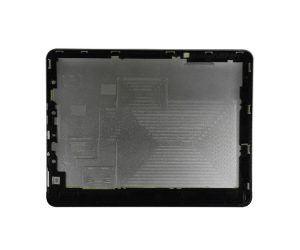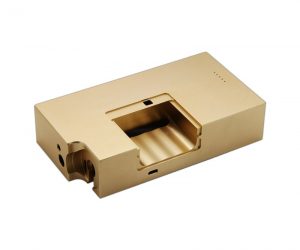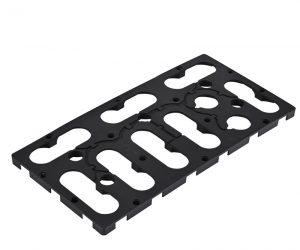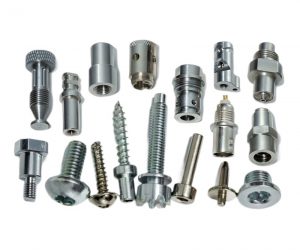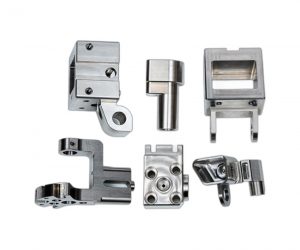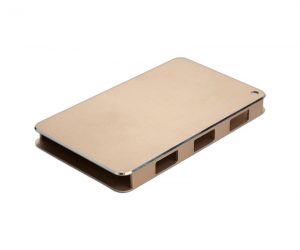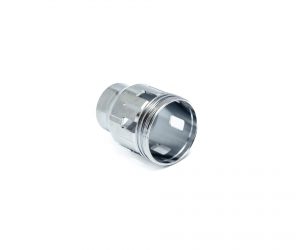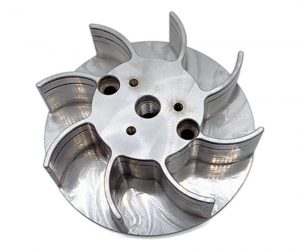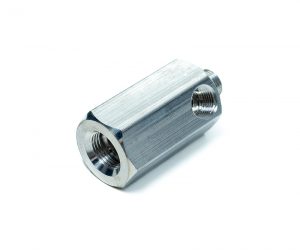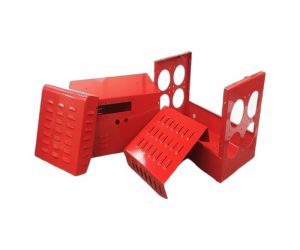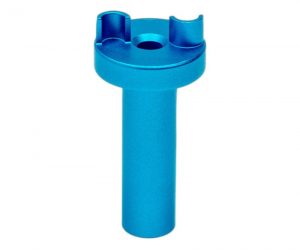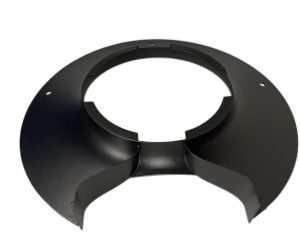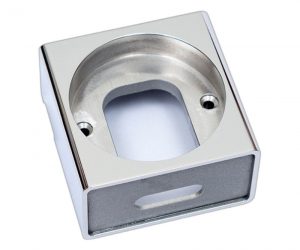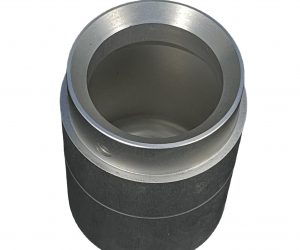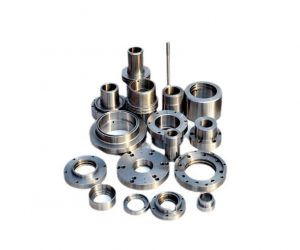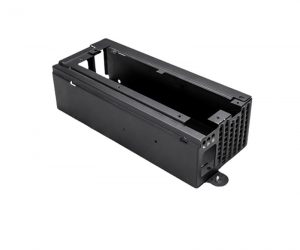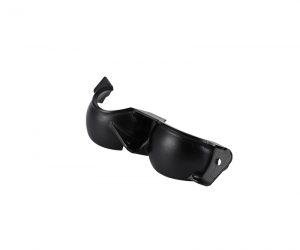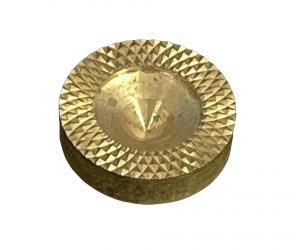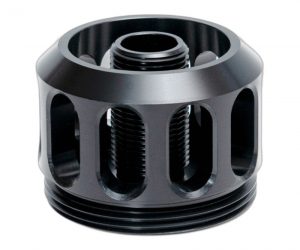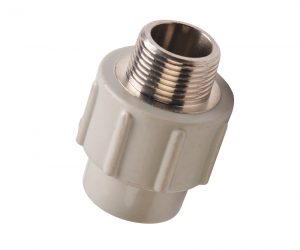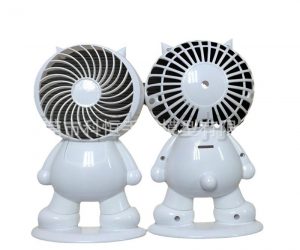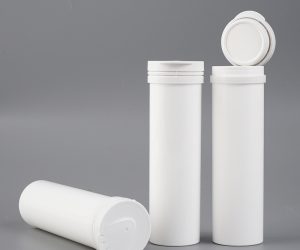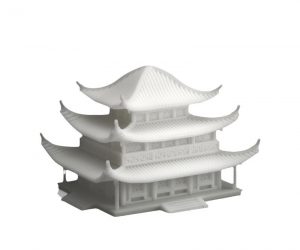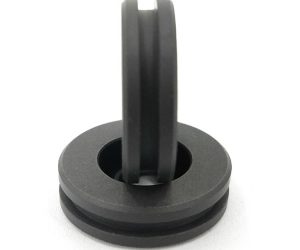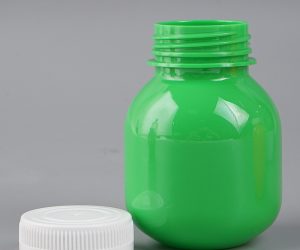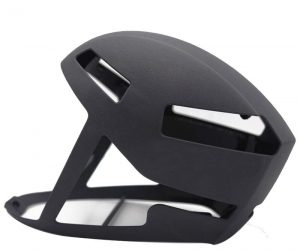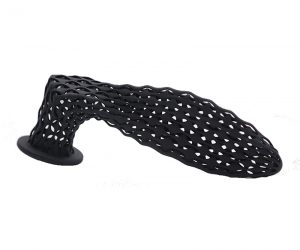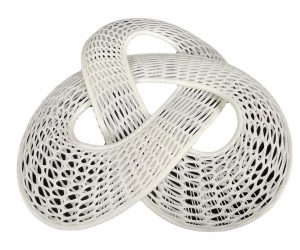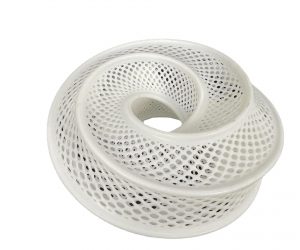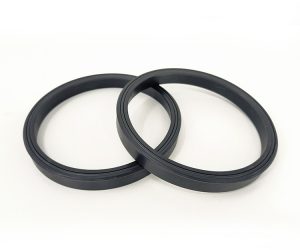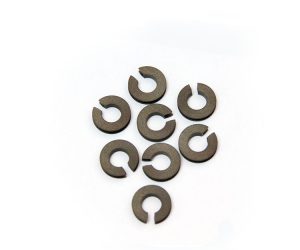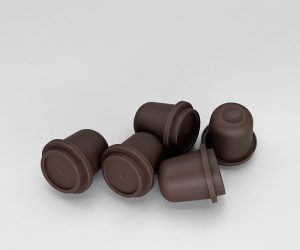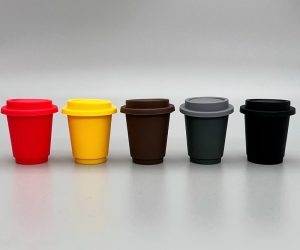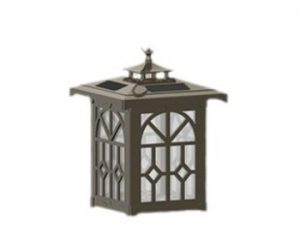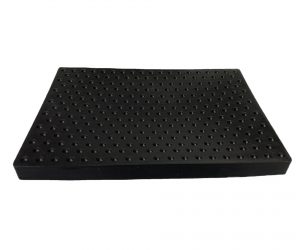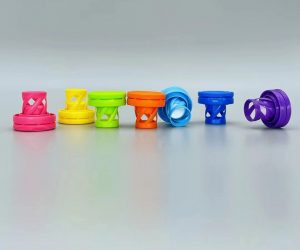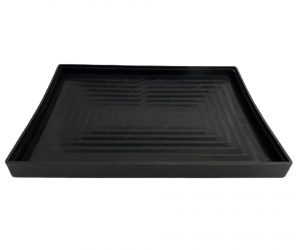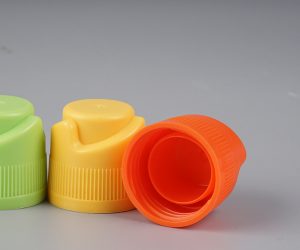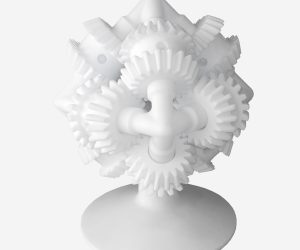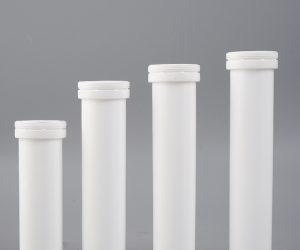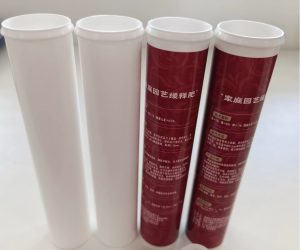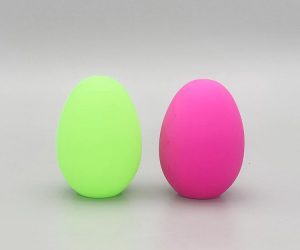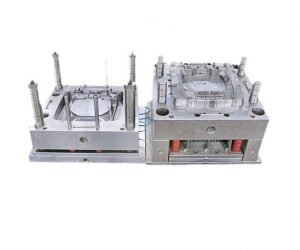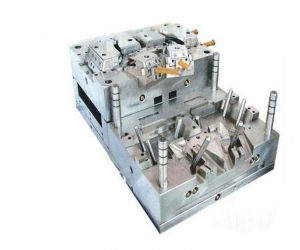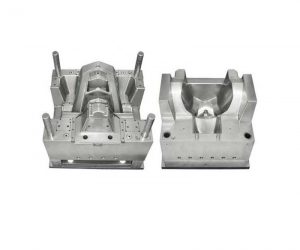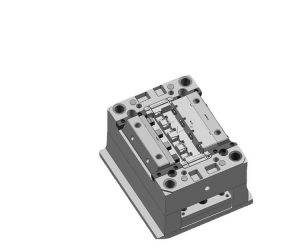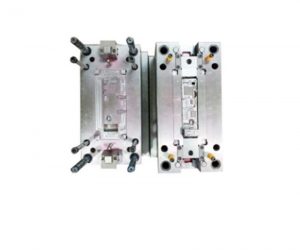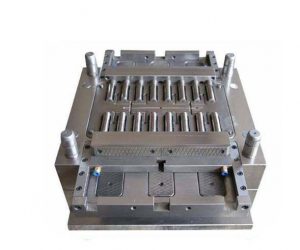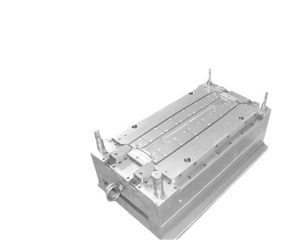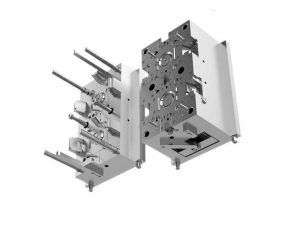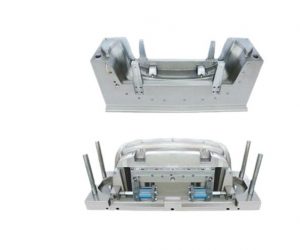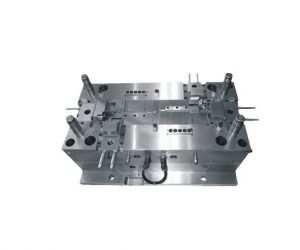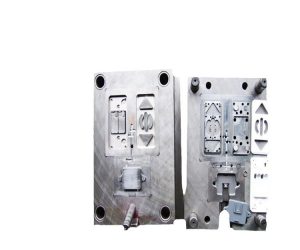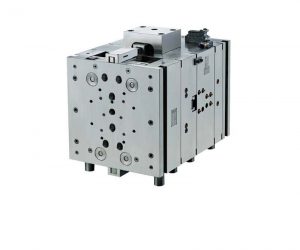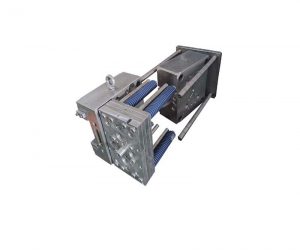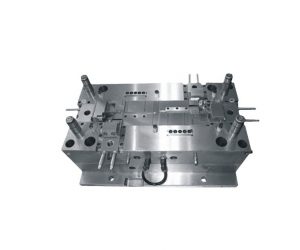This comprehensive guide delves into the fascinating world of sprøjtestøbning and explains in simple terms how it works. From the initial design process to the final product, we explored various stages of injection støbning, inklusive materiale udvælgelse, mold creation, sprøjtestøbning, cooling, and ejector. Through detailed illustrations and real-world examples, this guide provides a comprehensive understanding of the science and technology behind injection molding, making it an important resource for anyone interested in this fremstillingsproces.
jeg. Introduktion
EN. Hvad er sprøjtestøbning?
Injection molding is a widely used manufacturing process that involves injecting molten materiale into molds to manufacture complex and precise parts and products. This is a highly versatile method that can produce complex shapes and designs with high precision and efficiency. Injection molding is commonly used in various industries such as bilindustrien, elektronik, medicinsk, og forbrugsgoder.
B. Importance of Injection Molding in Manufacturing
Injection molding plays a crucial role in modern manufacturing for several reasons. Here are some key points highlighting its importance:
- Cost-effective production: Injection molding enables the mass production of parts at a relatively low cost per unit. The high-speed and high-volume production capabilities of this process make it economically viable for large-scale manufacturing.
- Design flexibility: Injection molding offers exceptional design flexibility, allowing manufacturers to create intricate and complex parts with precise details. The process can accommodate a wide range of shapes, sizes, and geometries, making it suitable for diverse product requirements.
- Material versatility: Injection molding supports a vast range of materials, including various thermoplastics, thermosetting polymers, elastomers, and even metals. This versatility enables manufacturers to select the most appropriate material for their specific Ansøgning, considering factors such as strength, durability, chemical resistance, and appearance.
- High precision and repeatability: The use of advanced technologies and precision molds in injection molding ensures consistent and repeatable production of parts with tight tolerances. This level of precision is crucial in industries that demand strict adherence to specifications, såsom rumfart og medicinsk.
- Efficiency and productivity: Injection molding is a highly efficient process, capable of producing a large number of parts in a short period. With automated udstyr and optimized production cycles, manufacturers can achieve high productivity levels, reducing time-to-market for their products.
- Reduced waste and environmental impact: Injection molding generates minimal waste compared to other manufacturing processes, as excess material can be recycled or reused. This aspect contributes to sustainable practices, aligning with the growing emphasis on environmental responsibility.
samlet set, injection molding offers a multitude of advantages that make it indispensable in the manufacturing landscape. Its ability to produce complex parts with high precision, cost-effectiveness, and efficiency makes it an essential technique for various industries seeking reliable and scalable production solutions. In the following sections, we will delve into the step-by-step process of injection molding, providing you with a comprehensive understanding of how it works.
II. The Injection Molding Process
EN. Material Selection
In the injection molding process, selecting the appropriate material is crucial to ensure the desired properties and performance of the final product. Various factors are considered when choosing the material:
Plastic Types: Thermoplastics are commonly used in injection molding due to their ability to be melted and solidified repeatedly. Some popular thermoplastics include polyethylene (PE), polypropylene (PP), polystyrene (PS), og acrylonitrile butadiene styrene (ABS). Thermosetting polymers, which undergo irreversible chemical reactions during curing, are also used for specific applikationer.
Additives and Colorants: Additives such as reinforcing agents, fillers, flame retardants, and lubricants can be incorporated into the material to enhance its properties. Colorants are often added to achieve the desired appearance of the finished product.
B. Mold Design and Creation
The mold used in injection molding is a crucial element in achieving accurate and consistent part production. The following steps are involved in form design and creation:
Computer-Aided Design (CAD): CAD software is used to create a detailed 3D model of the part. This model serves as the basis for designing the mold and helps identify potential issues or improvements before manufacturing.
Formfremstilling Techniques: Various techniques are employed to create the mold, inklusive CNC-bearbejdning, electrical discharge machining (EDM), og additiv fremstilling processes like 3D udskrivning. These techniques ensure the precise replication of the part's geometry in the mold.
C. Indsprøjtning
The injection phase involves the actual molding of the part. It consists of the following steps:
Melt Compounding: The selected material, in the form of small pellets, is fed into the injection molding maskine's hopper. Inside the maskine, the material is heated and melted to a uniform consistency, forming a molten resin ready for injection.
Injection Unit: The molten resin is injected into the mold cavity under high pressure. The injection unit, comprising a screw or plunger, pushes the molten material into the mold, filling it completely and accurately replicating the part's shape.
D. Cooling and Hardening
After injection, the molten material needs to be cooled and solidified inside the mold. The cooling and hardening stages involve the following considerations:
Cooling channel: The mold contains a cooling channel network through which a cooling medium (such as water or oil) circulates. These channels help extract heat from the molten material, lower its temperature, and promote solidification.
Time and temperature control: Proper control of cooling time and temperature is crucial to ensure uniform solidification of parts. Adjusting these parameters based on the characteristics of the material and the complexity of the parts can help prevent defects such as warping or shrinkage.
E. Udvisning
Once the material has cooled and solidified, formen åbner sig, og den færdige del kastes ud. The ejection phase involves the following steps:
Ejector Pins: Ejector pins, typically located on the parting line of the mold, push against the solidified part, releasing it from the mold cavity. These pins are designed to exert sufficient force without causing damage to the part.
Stripping Mechanism: In some cases, particularly for complex parts or those with undercuts, a stripping mechanism may be incorporated into the mold. This mechanism helps remove the part from the mold by utilizing additional moving components or slides.
By carefully managing the ejection phase, manufacturers can ensure the integrity of the finished part and minimize any potential damage or distortion during removal.
Understanding the step-by-step process of injection molding, from material selection to ejection, provides a comprehensive overview of how this manufacturing technique operates. In the next section, we will explore some additional considerations and best practices for successful injection molding.
III. Quality Control in Injection Molding
EN. Defects and Their Causes
Sprøjtestøbning, like any manufacturing process, can encounter defects that may affect the quality and functionality of the produced parts. Some common defects and their potential causes include:
- Sink Marks: Indentations or depressions on the surface of the part caused by inadequate cooling or insufficient packing of the molten material.
- Warping: Deformation or curvature of the part caused by non-uniform cooling or improper mold design.
- Flash: Excess material that protrudes from the parting line due to excessive injection pressure or poorly designed mold.
- Short Shots: Incomplete filling of the mold cavity resulting in incomplete parts, often caused by insufficient material or inadequate injection pressure.
- Burn Marks: Discoloration or burnt areas on the surface of the part caused by overheating of the material due to excessive injection speed or prolonged residence time.
B. Quality Assurance Strategies
To ensure high-quality products, manufacturers employ various quality assurance strategies throughout the injection molding process:
- Mold Maintenance: Regular inspection and maintenance of the mold help identify any wear or damage that may affect part quality. Proper cleaning and lubrication of mold components are also crucial.
- In-Process Monitoring: Real-time monitoring of key parameters such as temperature, pressure, and injection speed allows for immediate detection of any deviations from the desired specifications.
- Statistical Process Control (SPC): SPC techniques involve collecting and analyzing data during production to identify trends, patterns, and potential variations. This data-driven approach helps in maintaining process stability and identifying areas for improvement.
- Inspection and Testing: Comprehensive inspection and testing of the finished parts, including dimensional measurements, visual inspection, and mechanical testing, ensure they meet the required specifications and quality standards.
IV. Applications of Injection Molding
EN. Automotive Industry
Det bilindustrien industry widely relies on injection molding to produce various components, including interior and exterior parts, dashboard components, door panels, and engine parts. Injection molding provides the design flexibility, cost-effectiveness, and durability required for automotive applications. Ud over, it allows for the integration of multiple functions, such as directly integrating clips, fasteners, or electronic components into molded parts.
B. Medical Devices
Injection molding plays a crucial role in medical device manufacturing as it meets strict quality and regulatory requirements. It is capable of producing precise and complex parts for udstyr such as syringes, intravenous injection connectors, surgical instruments, and diagnostic devices. The use of medical grade materials, coupled with strict adherence to cleanliness and sterility protocols, ensures the safety and reliability of the produced medical devices.
C. Household Products
Injection molding is widely used in the production of various household products, including containers, emballage, kitchen utensils, and consumer electronics. This process allows for efficient mass production of these products while providing design flexibility and consistent quality. Manufacturers can create products in different shapes, sizes, and surface treatments to meet different consumer preferences and market demands.
V. Environmental Impact of Injection Molding
EN. Recycling and Waste Management
Injection molding is inherently environmentally friendly due to its low waste generation. The excess material produced during the process can often be recycled or reused, minimizing the amount of waste ending up in landfills. Manufacturers can implement efficient recycling and waste management systems to segregate and process waste materials properly. Recycling initiatives contribute to resource conservation and reduce the demand for virgin materials.
B. Sustainable Practices
In addition to waste management, injection molding can adopt various sustainable practices to further minimize its environmental impact. These practices include optimizing energy usage by utilizing energy-efficient machinery, implementing closed-loop cooling systems to reduce water consumption, and exploring the use of bio-based or recycled materials. Manufacturers can also employ design strategies that promote lightweighting, reducing material usage and transportation costs while maintaining product integrity.
By incorporating recycling, waste management, and sustainable practices, injection molding can contribute to a more environmentally responsible manufacturing industry.
By exploring the quality control strategies, applikationer, and environmental impact of injection molding, we have gained a comprehensive understanding of its importance and implications in various industries. In the final section, we will conclude our guide with some key takeaways and closing thoughts.
VI. Conclusion
EN. Summary of Key Points
In this guide, we have covered the essential aspects of the injection molding process, including material selection, mold design and creation, injection, cooling and hardening, and ejection. We also discussed quality control strategies, applications in industries such as automotive and medical devices, and the environmental impact of injection molding. Here is a summary of the key points:
- Injection molding involves the selection of suitable materials, the design and creation of molds, the injection of molten material into the mold, cooling and hardening, and ejection of the finished part.
- Material selection considers factors such as plastic types, additives, and colorants to achieve desired properties and appearance.
- Mold design and creation involve computer-aided design (CAD) and various techniques like CNC machining and additive manufacturing.
- The injection phase includes melt compounding and the injection unit to fill the mold cavity accurately.
- Cooling and hardening rely on cooling channels and time and temperature control for uniform solidification.
- Ejection is facilitated by ejector pins and, in some cases, a stripping mechanism for complex parts.
- Quality control strategies include mold maintenance, in-process monitoring, statistical process control (SPC), and inspection and testing.
- Injection molding finds applications in the automotive industry, medical devices, og household products, thanks to its design flexibility, cost-effectiveness, and ability to produce complex parts.
- The environmental impact of injection molding can be mitigated through recycling and waste management initiatives, as well as the adoption of sustainable practices.
B. Future Developments in Injection Molding
The field of injection molding continues to evolve, driven by advancements in materials, technology, and sustainability. Some future developments to watch for include:
- Advanced Materials: The development of new materials with enhanced properties, such as high strength, heat resistance, or biodegradability, expands the range of applications for injection molding.
- Industry 4.0 Integration: The integration of automation, robotics, and real-time data analysis into the injection molding process enables improved efficiency, quality control, and productivity.
- 3D Printing in Mold Making: The utilization of 3D printing technologies in mold making allows for more complex and customized molds, reducing lead times and costs.
- Smart Manufacturing: The implementation of IoT (Internet of Things) devices and sensors in injection molding machines and molds enables real-time monitoring and predictive maintenance, optimizing production processes.
- Bio-Based and Recycled Materials: The adoption of bio-based and recycled materials as alternatives to traditional plastics supports sustainability goals and reduces the environmental impact of injection molding.
With the continuous advancement of injection molding technology, these developments will shape the future of the industry, bringing about more efficient and sustainable manufacturing processes.
Injection molding is a widely used manufacturing technology that provides many benefits in terms of design flexibility, cost-effectiveness, and large-scale production capacity. By understanding the key aspects of the process, ensuring quality control, exploring its applications, and addressing environmental issues, manufacturers can fully utilize the potential of injection molding in various industries while minimizing its impact on the environment.

